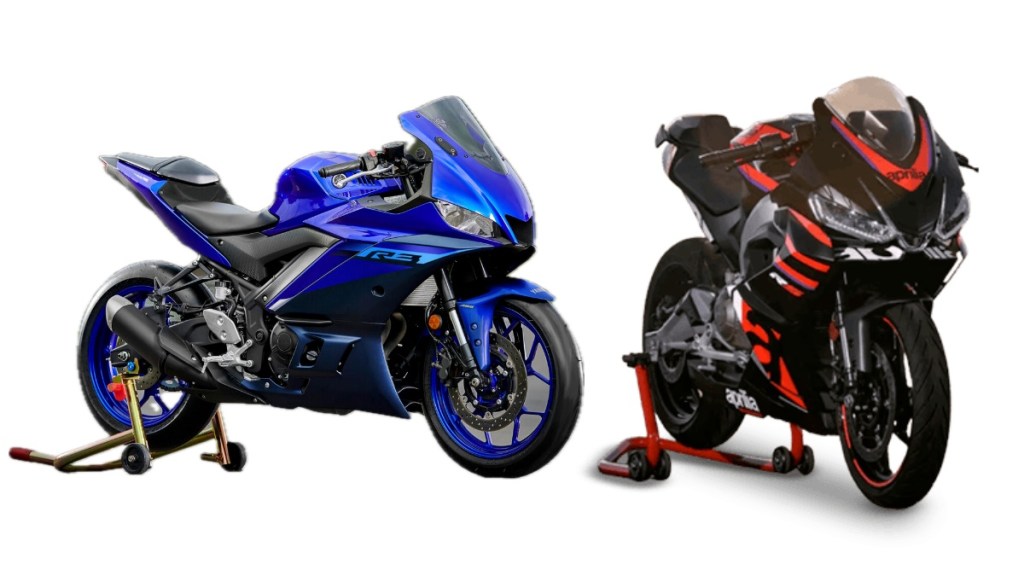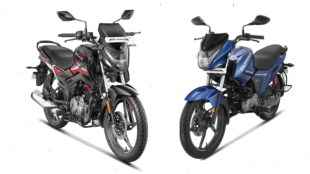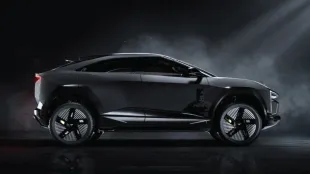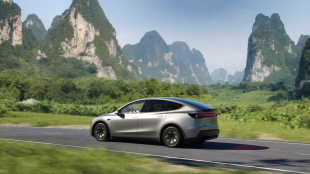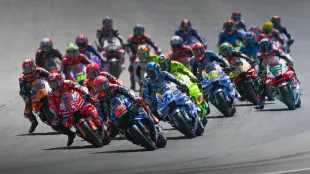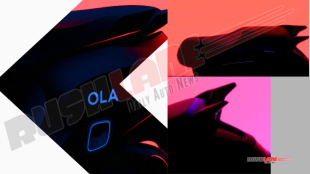The sub-500cc sportbike segment is slowly seeing new competition, a segment once enjoyed by KTM alone with the RC 390. However, despite new launches, the KTM has managed to stay above others, but the launch of the new Yamaha YZF-R3 and the Aprilia RS 457 has managed to draw attention away from the RC 390.
The Yamaha YZF-R3 and the Aprilia RS 457 are two capable motorcycles, be it for daily commutes, long open highways, or the weekend track days, as they are designed to be a great platform for riders to climb the ladder onto larger displacement motorcycles. However, if you are looking to buy either of them, here’s a detailed comparison between the R3 and the RS 457.
R3 v RS 457 – Platform and design
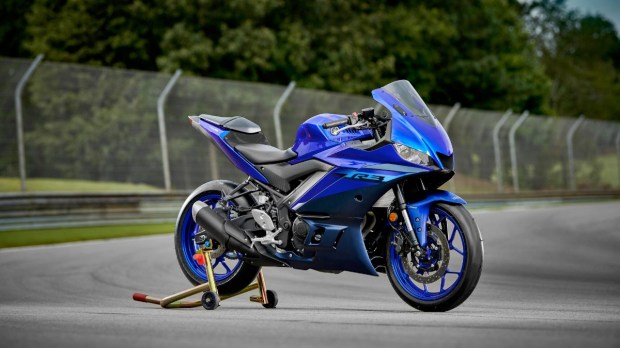
The Yamaha R3 is built around a high tensile steel frame to give it a 50/50 weight distribution. The motorcycle gets a low seat height with clip-on bars, dual headlights, a side-slung exhaust, and a full fairing, which draws inspiration from the larger R7. The low tank gives the rider enough room to tuck in, while the saddle also offers adequate room for taller riders.
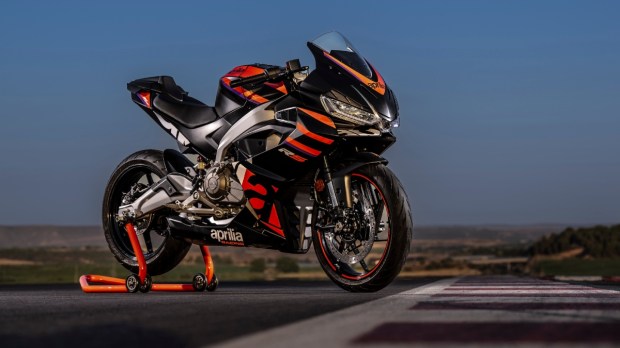
The Aprilia RS 457 is built around an all-aluminium chassis to be nimble and draws its overall design inspiration from the larger RS 660. The twin headlight setup, short rear, and under-belly exhaust add to the sportiness, while the clip-on bars and split seats add to the ergonomics of the rider. Both motorcycles are designed as scaled-down versions of their larger siblings but in their own unique way.
| Dimesnions | YZF-R3 | RS 457 |
| Length | 2090 mm | NA |
| Width | 730 mm | NA |
| Height | 1140 mm | NA |
| Wheelbase | 1380 mm | NA |
| Saddle Height | 780 mm | 800 mm |
| Weight | 175 kg |
R3 v RS 457 – Engine specifications
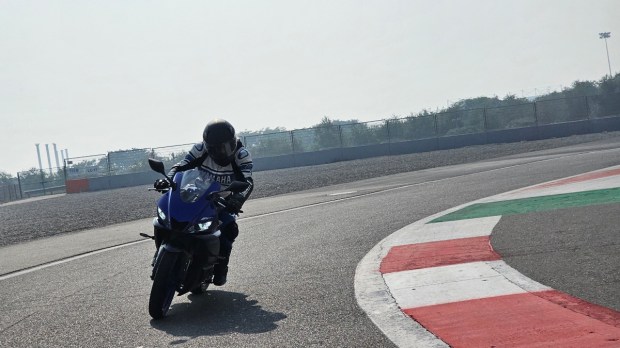
Both motorcycles feature a liquid-cooled twin-cylinder engine mated to a six-speed gearbox. The Aprilia RS 457 clearly has a displacement advantage over the R3, which also brings more power. However, the R3 is no slouch as the smooth twin-cylinder is rev-happy. Also, the Aprilia gets an optional quickshifter but the Yamaha misses out on this.
| Specifications | YZF-R3 | RS 457 |
| Displacement | 321 cc | 457 cc |
| Power | 41 bhp | 47 bhp |
| Torque | 29.5 Nm | 43.5 Nm |
| Gearbox | 6-speed | 6-speed |
R3 v RS 457 – Features and equipment
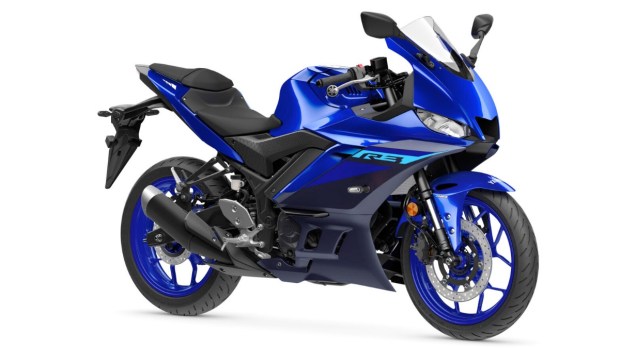
The Yamaha R3 gets 43mm non-adjustable USD forks, a preload-adjustable rear monoshock, disc brakes at both ends with dual-channel ABS, an LCD instrument cluster with no phone connectivity, 17-inch alloy wheels, and LED lighting amongst others. The R3 gets no electronic aids or ride modes and the approach to be simple is still something popular with many riders.
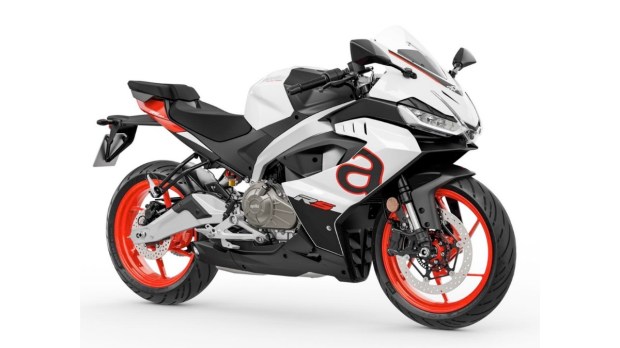
The Aprilia RS 457 gets preload-adjustable shocks at both ends, disc brakes front and rear with dual-channel ABS, 17-inch wheels, and a TFT display with a host of options. Unlike the Yamaha, the Aprilia gets ride modes, traction control, LED lighting all around and more. When compared, the RS 457 is much better equipped than its Japanese competitor.
R3 v RS 457 – Which one?
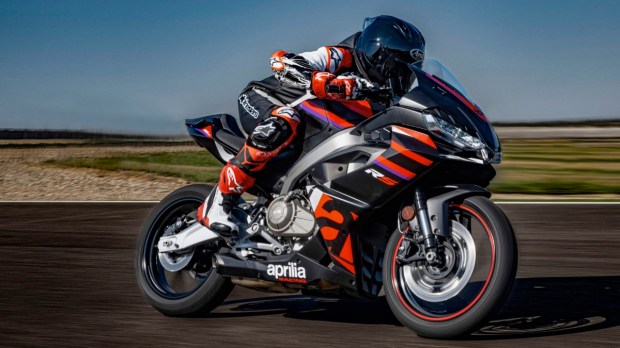
The two motorcycles are designed to offer performance at an affordable price, however, when you consider their pricing at Rs 4.10 lakh for the Aprilia RS 457 and Rs 4.64 lakh for the Yamaha YZF-R3, the latter made by the Japanese is Rs 54,000 more but makes less power. The additional 6bhp advantage of the Aprilia won’t make a difference until it’s on the track in the hands of a skilled rider.
That said, the R3 will appeal to many who want to do track days as there are fewer electronics. If price is the concern, the Aprilia makes sense, as it is more powerful on paper and gets better equipment, however, we suggest taking test rides on both motorcycles before choosing either, because one cannot go wrong with the R3 or the RS 457.
